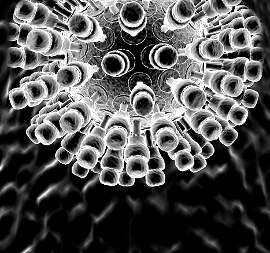Teenage team leader takes edge on high-tech testing
 A research assistant may have hit on a faster, cheaper way to test for HIV.
A research assistant may have hit on a faster, cheaper way to test for HIV.
A 15 year old high school student is being praised for her work on a new HIV test, in which a drop of blood is placed on a chip to receive a near instantaneous response.
The device could allow a person find out if they are infected though a process only slightly more difficult than a pregnancy test.
Year 10 student Nicole Ticea was a large part of the latest investigations, working in the lab at Canada’s Simon Fraser University as part of a collaboration program.
The simple HIV test uses Isothermic Nucleic Acid Amplification, which has been effective in identifying other viral infections, but it has now been applied to HIV for the first time.
Rather than looking for antibodies to HIV, as the majority of existing tests do, this method amplifies the virus itself.
The better target removes the window during which people are infected, but still show up as negative on antibody tests because the immune system has yet to respond. Existing viral amplification tests for HIV are expensive and time consuming.
Ms Ticea worked with Associate Professor Mark Brockman and graduate student Gursev Anmole, as part of the high school-research linking program.
The test won Ticea first place in the British Columbia 2014 Regional Sanofi BioGENEius Challenge, a contest for high school students to produce biotechnology projects.
The new test is still quite a way from widespread use, with more stringent review of reliability needed. There are a number of HIV testing mechanisms already, but none are considered perfect. Insiders say the latest work could easily find a niche and a strong need.








 Print
Print